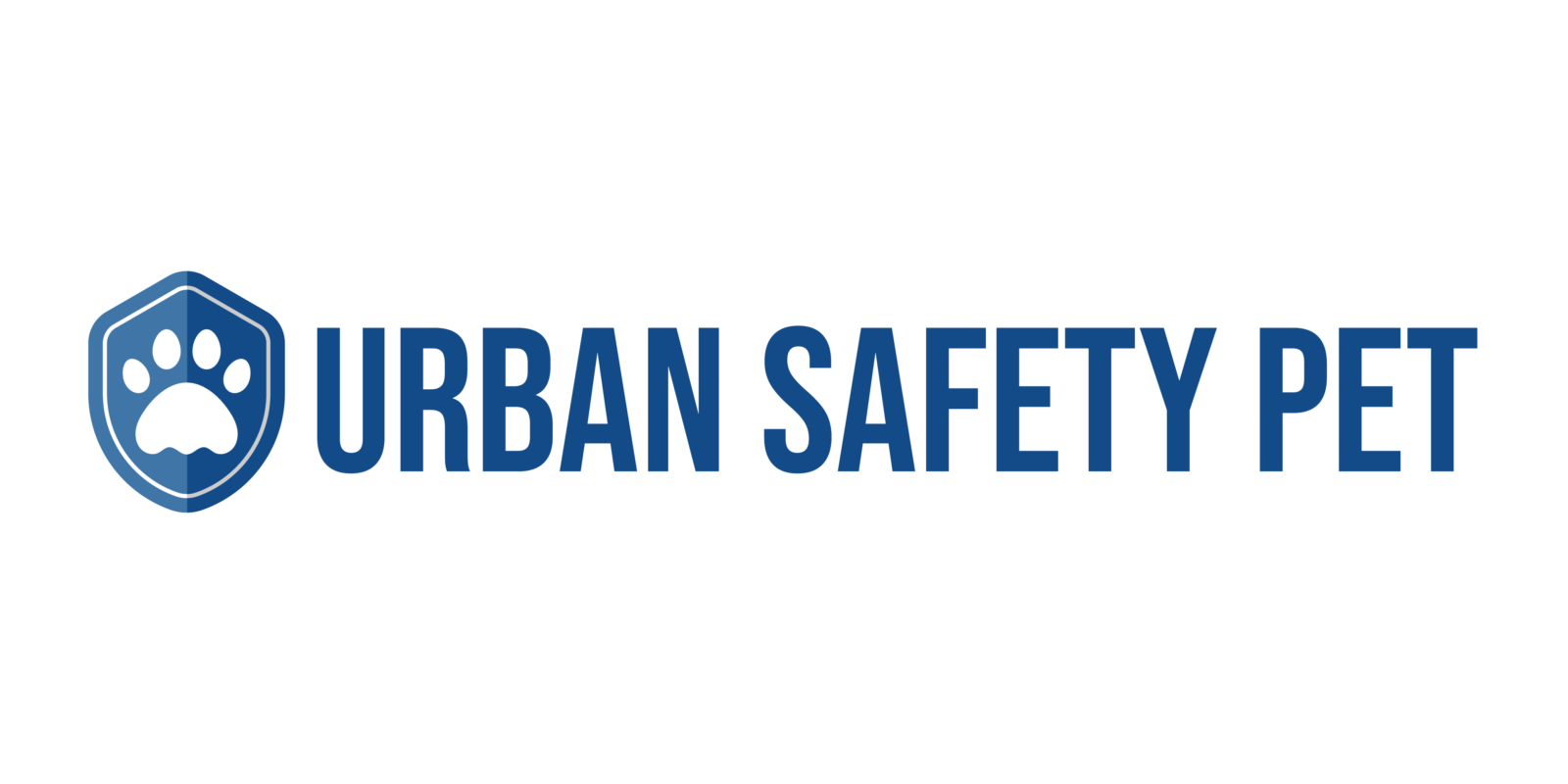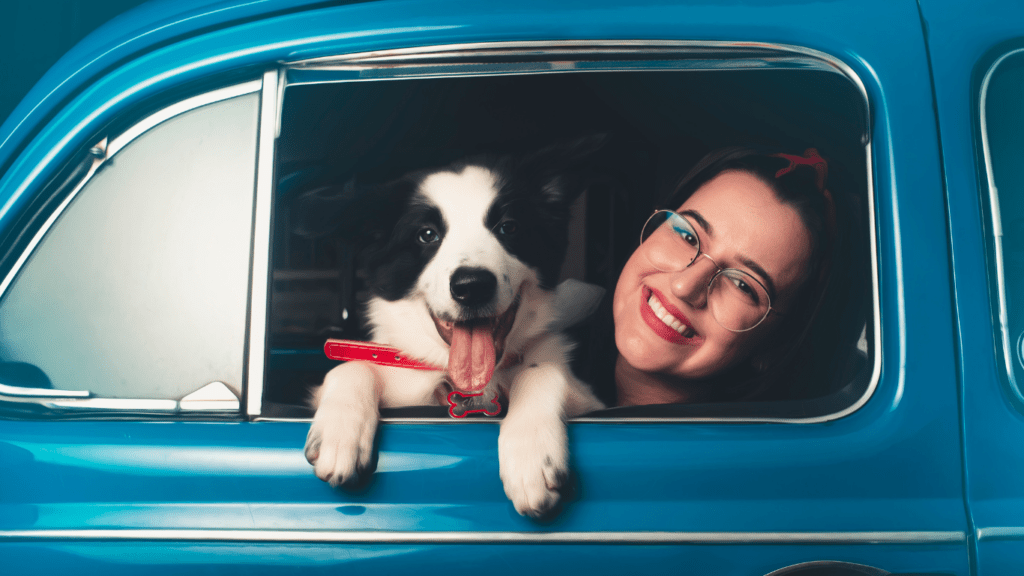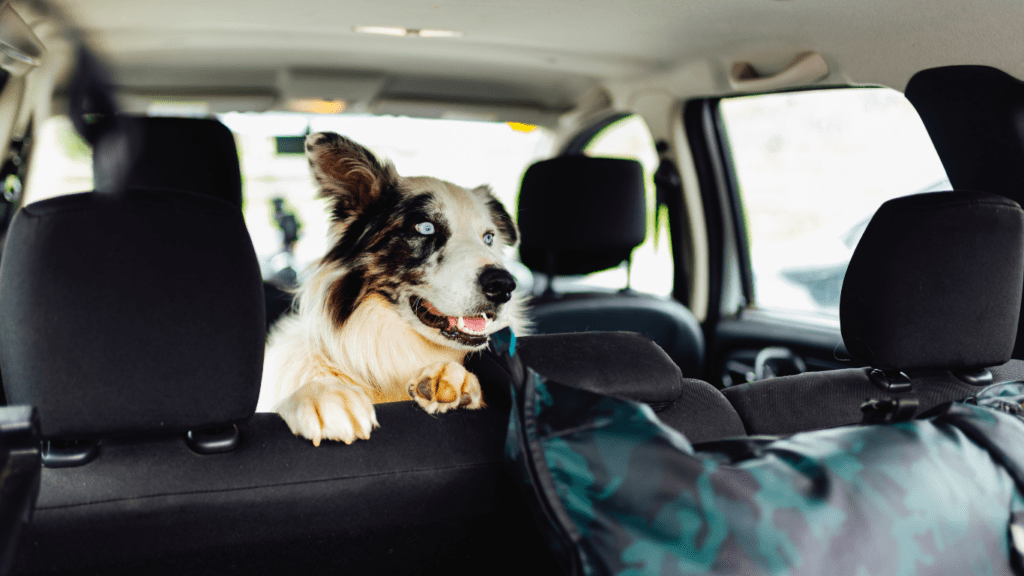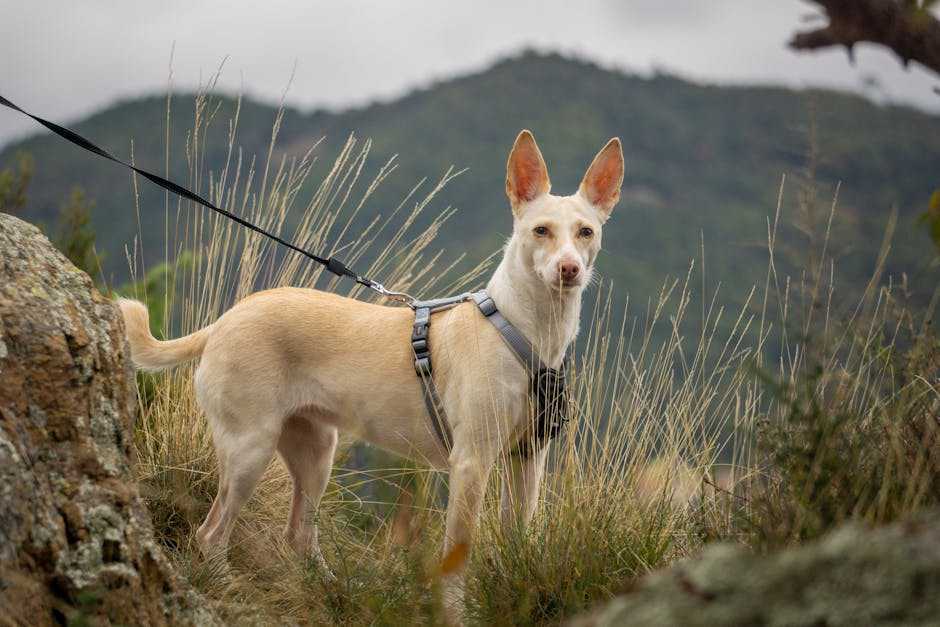Understanding Travel-Related Stress in Pets
Travel can be overwhelming for pets. Unfamiliar environments, new people, and changes in routine contribute to stress. Recognizing signs of anxiety in pets is crucial to address their needs.
Signs of Travel-Related Stress
Identifying stress indicators helps mitigate travel anxiety. Common signs include:
- Excessive barking or meowing
- Restlessness or pacing
- Trembling or shaking
- Panting excessively
- Salivating more than usual
- Attempts to escape or hide
- Loss of appetite
- Excessive grooming or licking
Causes of Travel Stress
Understanding the root causes aids in prevention. Key factors include:
- Unfamiliar Environments: New sights, sounds, and smells can overwhelm pets.
- Motion Sickness: Movement can induce nausea and discomfort.
- Separation Anxiety: Being away from home or familiar people causes distress.
- Confinement: Limited space in carriers or vehicles can make pets anxious.
Managing Individual Needs
Each pet’s stress triggers are unique. Tailoring strategies based on individual behavior ensures better results. If a pet shows extreme anxiety, consider consulting a veterinarian for personalized advice or medication.
Preparing Your Pet
Proper preparation reduces stress. Gradual introduction to carriers, familiarizing pets with travel sounds, and maintaining a consistent routine help ease anxiety. Consider short practice trips to acclimate your pet.
Addressing Immediate Stress
During travel, keeping your pet calm is essential. Use calming aids like pheromone sprays, bring favorite toys or blankets, and maintain regular feeding and potty breaks. Stay calm yourself to reassure your pet.
Understanding these aspects of travel-related stress in pets equips me with the knowledge to create a more comfortable travel experience.
Preparing for the Journey

Proper preparation reduces travel-related stress for pets. Focus on choosing the right carrier, scheduling a vet visit, and familiarizing your pet with the carrier.
Choosing the Right Carrier
Prioritize a sturdy, comfortable carrier. Measure your pet accurately to ensure the carrier is the right size. Look for ventilation and secure latches. Soft-sided carriers work for small pets, while hard-sided options suit larger ones. Check airline guidelines if flying.
Scheduling a Vet Visit
Book a vet appointment well before the trip. Discuss your pet’s health and travel plans. Update vaccinations and obtain required documentation. Ask about anti-anxiety medications if necessary. Inquire about motion sickness remedies.
Familiarizing Your Pet with the Carrier
Introduce the carrier weeks before travel. Place the carrier in a common area. Encourage your pet to explore it with treats and toys inside. Gradually increase the time your pet spends in the carrier. Leave the door open for easy access.
During the Trip
Ensuring your pet stays comfortable and relaxed during travel avoids unnecessary stress and makes the journey smoother. Pay attention to their safety, basic needs, and behavior during the trip.
Maintaining Comfort and Safety
Secure the carrier with a seatbelt or place it on a flat surface to prevent shifting. Ensure the carrier has proper ventilation. Line the carrier with absorbent pads in case of accidents. Avoid loud noises and sudden movements.
Managing Food and Water Needs
Offer small portions of food a few hours before departure; avoid feeding just before the trip to minimize motion sickness. Carry a spill-proof water bottle and provide small amounts of water throughout the journey.
Behavioral Tips for a Calm Journey
Bring favorite toys and blankets to keep pets calm. Use calming sprays or pheromones if needed. Take breaks every 2-3 hours for exercise and bathroom needs in safe areas. Speak in a soothing voice and maintain a calm demeanor to reassure your pet.
Post-Travel Care
After a trip, it’s crucial to ensure my pet’s well-being by taking specific actions. Monitoring their health and creating a welcoming environment plays a key role in reducing residual stress.
Signs of Stress to Watch For
Observing my pet post-travel helps identify possible stress indicators. Signs include:
- Behavioral Changes: Excessive grooming or hiding
- Appetite Shift: Reduced interest in food
- Vocalization: Increased whining or meowing
- Body Language: Trembling or pacing
If I notice these signs, consulting a veterinarian provides guidance on addressing my pet’s specific needs.
Providing a Comfortable Environment
Creating a calm atmosphere aids my pet’s recovery. In my home, I:
- Set Up a Cozy Space: Arrange familiar bedding and toys
- Maintain Routine: Stick to regular feeding and exercise schedules
- Offer Gradual Reintroduction: Allow my pet to explore surroundings at their pace
- Minimize Noise: Avoid loud sounds to prevent startling
Prioritizing a peaceful setting helps my pet feel secure and calm after traveling.
Tips for Specific Types of Travel
Different travel modes require unique strategies to ensure pets’ comfort and safety. Here’s how to handle car and air travel for your pets.
Car Travel
Secure the Pet Carrier
Placing the carrier in a stable position prevents it from moving during turns or stops. Use seat belts or special harnesses designed for pet carriers to ensure stability.
Plan Regular Breaks
Schedule breaks every 2-3 hours for bathroom needs and short walks. These breaks reduce anxiety and provide an opportunity for physical activity.
Control the Environment
Maintain a moderate temperature and ensure proper ventilation inside the car. Avoid loud music and sudden noises to keep the environment calm.
Air Travel
Choose Pet-Friendly Airlines
Select airlines with good reputations for handling pets. Some airlines offer cabin options for small pets, which can be less stressful than cargo travel.
Understand Regulations
Check the airline’s pet policy, including carrier requirements and health documentation. Having the right documentation ensures smooth check-in and boarding.
Prepare the Pet Carrier
Select a comfortable, well-ventilated carrier meeting airline standards. Place familiar items like a favorite blanket or toy inside to create a sense of security.




